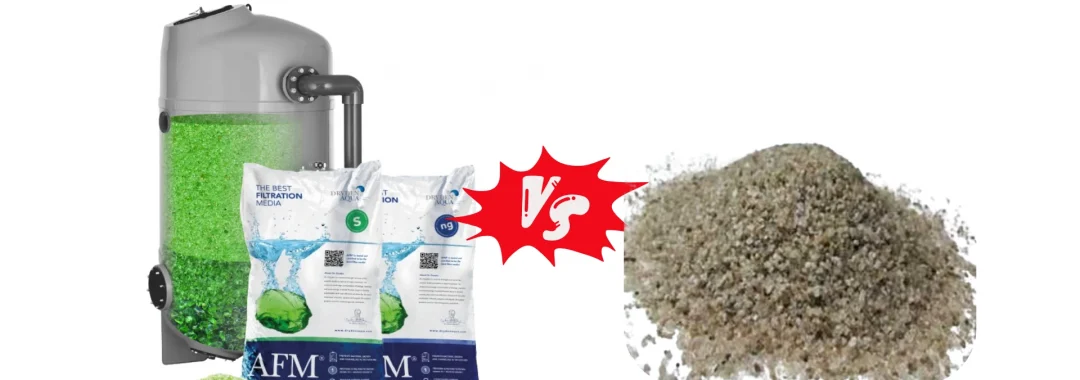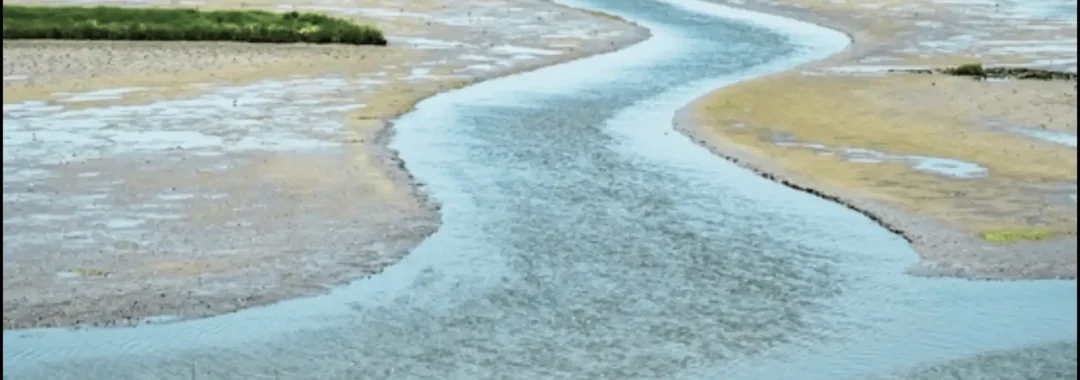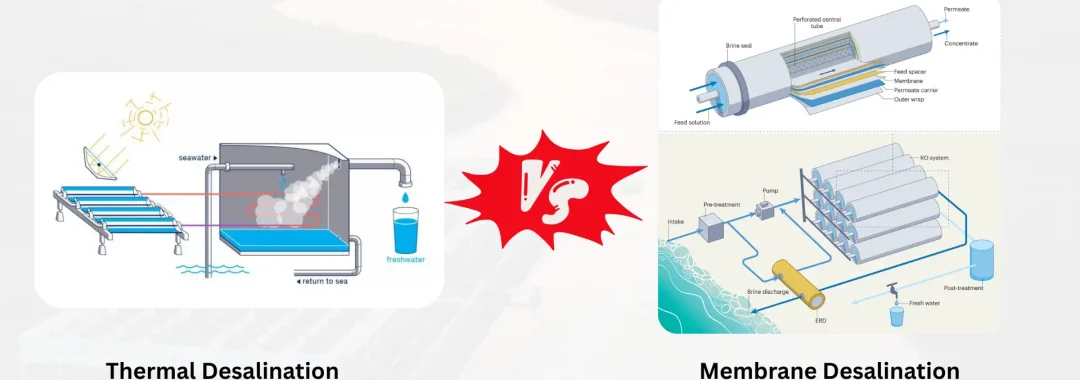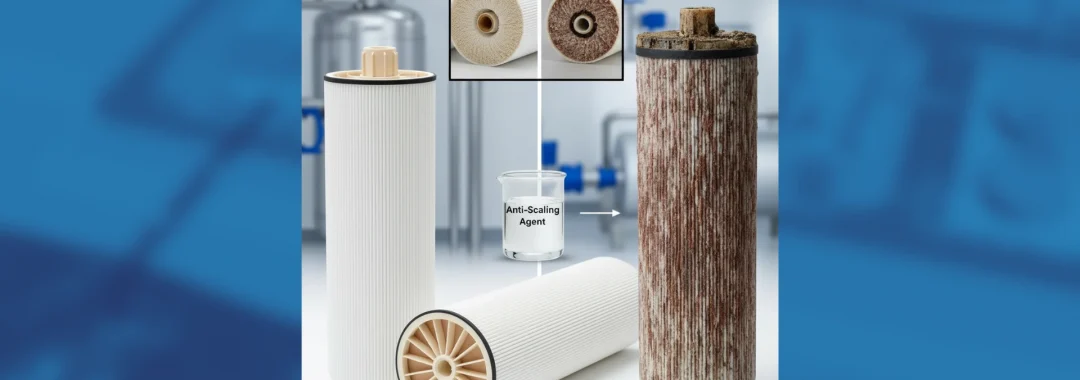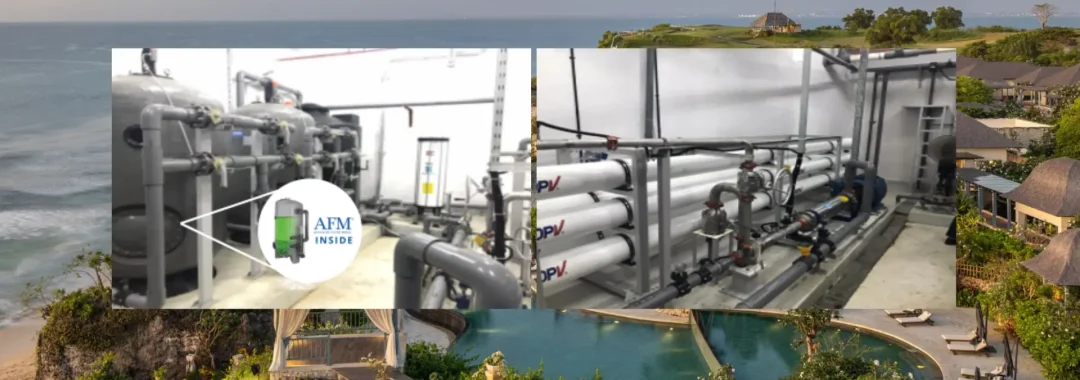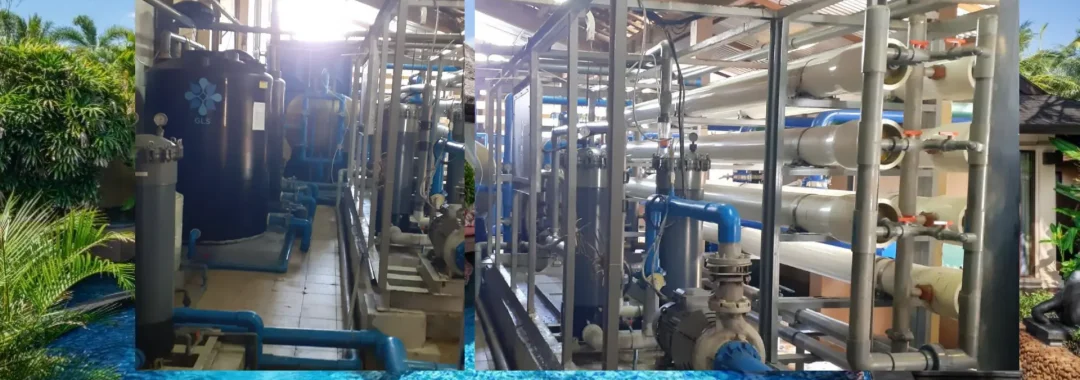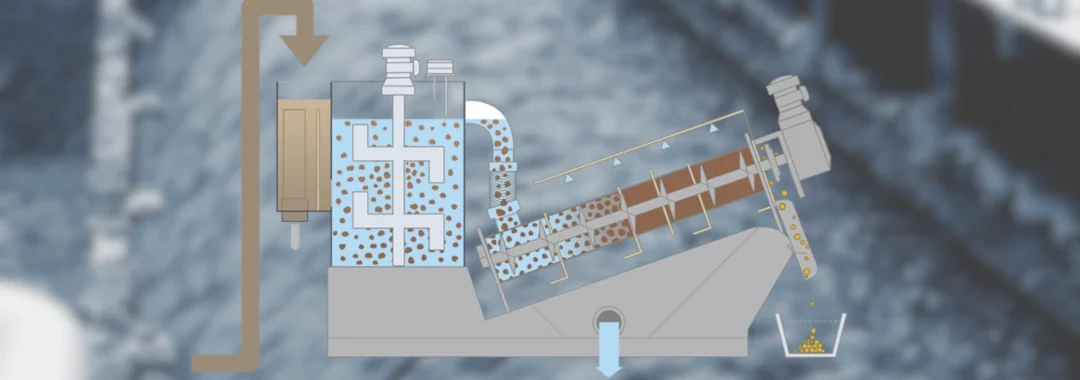Pendahuluan — Mengapa AFM Media Lebih Efisien untuk Sistem Filtrasi
Dalam sistem pengolahan air modern, efisiensi media filtrasi menjadi faktor utama untuk menjaga kualitas air, mengurangi biaya operasional, dan meningkatkan keberlanjutan.
AFM Media lebih efisien dibandingkan pasir silika tradisional karena memiliki porositas tinggi, kemampuan self-sterilizing, serta efek katalitik yang mencegah pertumbuhan bakteri dan biofilm.
Sebagai inovasi media filtrasi dari kaca daur ulang, AFM (Activated Filter Media) telah digunakan secara luas di industri air bersih, hotel, dan fasilitas pengolahan air modern. Artikel ini membahas mengapa AFM Media lebih efisien dibanding media konvensional, baik dari sisi performa teknis maupun efisiensi energi.
Apa Itu AFM Media dan Mengapa Lebih Efisien
AFM Media lebih efisien karena bukan sekadar pengganti pasir, melainkan media filtrasi aktif yang bekerja melalui mekanisme fisik dan katalitik.
AFM (Activated Filter Media) dibuat dari kaca daur ulang yang diaktifkan dengan proses termal, menciptakan permukaan bermuatan negatif yang mampu menangkap partikel mikro dan menguraikan senyawa organik.
Cara Kerja AFM Media
- Filtrasi Mekanis: Menyaring partikel halus hingga 1 mikron.
- Filtrasi Katalitik: Mengoksidasi logam berat dan senyawa organik.
- Efek Self-Sterilizing: Mencegah biofouling dan pertumbuhan mikroorganisme.
📖 Referensi: Dryden Aqua – How AFM Works
Keunggulan AFM Media
AFM dirancang untuk mengatasi semua kekurangan media pasir silika. Berikut alasan utama mengapa AFM media efisien:
Kinerja Filtrasi Lebih Halus
- Menyaring partikel mikro (hingga 1 mikron).
- Menghasilkan air dengan kekeruhan rendah dan bebas bakteri.
Mencegah Biofouling dan Mengurangi Pemeliharaan
- Permukaan AFM bersifat antimikroba alami.
- Mengurangi frekuensi backwash dan penggunaan bahan kimia.
Penghematan Air, Energi, dan Biaya
- Konsumsi air backwash berkurang hingga 50%.
- Sistem lebih stabil, menghemat energi pompa.
- Umur pakai >10 tahun tanpa penurunan performa.
Investasi Lebih Efisien Jangka Panjang
- ROI cepat berkat penghematan air dan energi.
- Minim kebutuhan penggantian media.
Perbandingan AFM Media dan Pasir Silika dalam Efisiensi Filtrasi
| Kriteria | Pasir Silika | AFM Media |
|---|---|---|
| Ukuran Filtrasi | 15–20 mikron | 1–4 mikron |
| Biofouling | Rentan | Hampir nol |
| Umur Pakai | 2–3 tahun | >10 tahun |
| Kebutuhan Backwash | Tinggi | 50% lebih hemat |
| Efek Katalitik | Tidak ada | Ada |
| Dampak Lingkungan | Pasir tambang | Kaca daur ulang |
Aplikasi AFM Media
AFM digunakan di berbagai sektor karena efisiensinya:
- 🌊 Water Treatment Plant (WTP): Pretreatment sebelum Reverse Osmosis.
- 🏨 Hotel & Resort: Air kolam dan sistem distribusi air bersih.
- 🧪 Laboratorium & Medis: Air ultra-murni untuk pengujian.
- 🏭 Industri F&B: Menjamin standar higienitas air proses.
👉 Lihat produk: AFM Filter Media – Gapura Liqua Solutions
Dampak Lingkungan: AFM Media lebih Ramah Lingkungan
Selain unggul secara teknis, AFM Media lebih efisien dalam menjaga keberlanjutan lingkungan karena:
- Terbuat dari 100% kaca daur ulang tanpa penambangan pasir.
- Mengurangi emisi karbon dan limbah filtrasi.
- Mendukung Circular Economy serta Sustainable Water Management.
📚 Baca juga: UN SDG Goal 6 – Clean Water and Sanitation
Kesimpulan — AFM Media Lebih Efisien untuk Masa Depan Air Bersih
Efisiensi AFM media mencakup performa filtrasi, umur panjang, dan dampak ekologisnya. Dengan teknologi katalitik dan bahan daur ulang, AFM menjadi investasi jangka panjang yang efisien, aman, dan berkelanjutan untuk industri air bersih masa depan.
“AFM adalah langkah maju menuju efisiensi air bersih yang lebih hijau dan ekonomis.”
